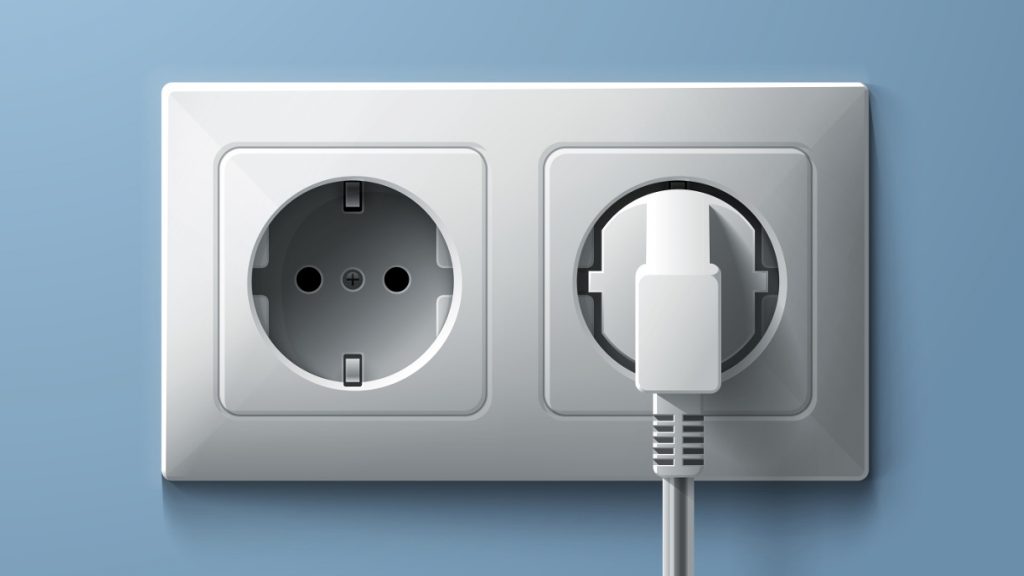Ensuring the structural integrity of buildings and infrastructure projects is crucial for public safety. One of the key aspects of this process is concrete testing, which helps detect flaws in the material before they escalate into serious issues. In this article, we will explore how a concrete testing company uses advanced techniques to identify weaknesses in concrete structures and prevent potential disasters.
The Importance of Concrete Testing
Concrete is the most widely used construction material in the world, valued for its strength, durability, and versatility. However, even the strongest concrete can develop flaws over time due to various factors such as poor mixing, inadequate curing, or exposure to environmental stressors. By conducting regular concrete testing, construction companies can identify potential issues early on and take corrective measures to prevent costly repairs or, worse, structural failures.
Types of Concrete Testing
- Compression Testing: This test measures the compressive strength of concrete, which is a key indicator of its overall quality and durability. It involves applying a load to a concrete sample until it fails, allowing engineers to determine its maximum load-bearing capacity.
- Ultrasonic Testing: This non-destructive testing method uses high-frequency sound waves to detect internal flaws or inconsistencies in concrete structures. It is particularly useful for assessing the thickness and uniformity of concrete elements.
- Chloride Ion Penetration Testing: This test assesses the permeability of concrete to chloride ions, which can cause corrosion of the steel reinforcement within the structure. By measuring the penetration depth of chloride ions, engineers can evaluate the susceptibility of concrete to corrosion.
- Carbonation Testing: Carbonation occurs when carbon dioxide from the air reacts with concrete, reducing its alkalinity and compromising its protective layer. Carbonation testing helps determine the depth of carbonation in concrete structures and assess their long-term durability. If you are looking for a concrete testing company then you may visit C3S, Inc.
Advanced Techniques for Flaw Detection
While traditional concrete testing methods provide valuable insights into the quality of concrete, modern technology has introduced more advanced techniques for detecting flaws with greater accuracy and efficiency.
Ground-Penetrating Radar (GPR)
GPR is a non-invasive geophysical method that uses radar pulses to image the subsurface of concrete structures. By analyzing the reflected signals, engineers can identify voids, cracks, delamination, and other defects hidden beneath the surface. GPR is especially useful for evaluating the condition of bridge decks, tunnels, and other reinforced concrete structures.
Thermal Imaging
Thermal imaging cameras detect temperature differences on the surface of concrete structures, which can indicate areas of potential weakness or moisture infiltration. By identifying thermal anomalies, engineers can pinpoint areas that require further investigation and possibly repairs to prevent future damage.
Acoustic Emission Testing
Acoustic emission testing monitors the release of transient stress waves within a concrete structure, which are generated by the growth of cracks or other defects. By analyzing the pattern and intensity of acoustic emissions, engineers can assess the structural integrity of concrete elements and predict potential failure points.
Preventive Maintenance Strategies
In addition to detecting flaws in concrete structures, concrete testing companies also offer preventive maintenance services to extend the lifespan of buildings and infrastructure projects.
Corrosion Protection
Corrosion of steel reinforcement is a common issue in concrete structures, especially in high-traffic areas or coastal environments. Concrete testing companies can recommend corrosion protection solutions such as coatings, sealants, or impressed current systems to prevent the onset of corrosion and preserve the structural integrity of the building.
Crack Repair and Sealing
Cracks in concrete can compromise its strength and durability, leading to water infiltration, freeze-thaw damage, and other issues. Concrete testing companies can assess the severity of cracks and recommend appropriate repair and sealing techniques to prevent further deterioration and ensure the long-term performance of the structure.
Durability Enhancement
To improve the durability of concrete structures, concrete testing companies may propose the use of advanced admixtures, surface treatments, or protective coatings. These enhancements can increase the resistance of concrete to environmental factors, chemical exposure, and mechanical wear, extending the service life of the structure.
Conclusion
Concrete testing plays a critical role in ensuring the safety and longevity of buildings and infrastructure projects. By partnering with a reputable concrete testing company that employs advanced techniques and preventive maintenance strategies, construction companies can detect flaws in concrete structures before they escalate and take proactive measures to mitigate risks and avoid costly repairs. Investing in regular concrete testing is not only a sound engineering practice but also a commitment to public safety and quality construction.

:max_bytes(150000):strip_icc()/Debt_Andrii-Dodonov-be5202c91aa64636b1c46097e5277f92.jpg)






)
